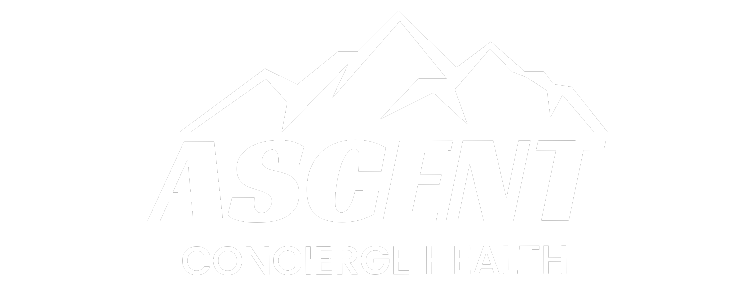
Rucking Your Way to Better Health: Physical and Mental Benefits Explored
In the world of fitness, trends come and go, but some activities stand the test of time, not only for their endurance but for their commitment to yielding substantial health benefits. Rucking, once a term associated with the military, is now taking the civilian fitness scene by storm. Adorned with a backpack, filled with weighted plates or books, health enthusiasts are hitting the trails for this rigorous yet rewarding workout.
While it might seem like a grueling trek to the uninitiated, rucking offers a myriad of health advantages, ranging from bolstering your heart health to enhancing mental acuity. In this comprehensive deep-dive, we’ll explore the vast medical benefits of rucking, providing insights from professionals and relaying studies that support its efficacy. But of course, as with any exercise regimen, we don’t tread lightly on safety considerations. Embark with us as we unpack the rucksack of health benefits this outdoor pursuit has to offer.
Physical Health Benefits of Rucking
Cardiovascular Improvements
The heart lies at the core of our being and rucking ensures that you treat it to a solid workout. Engaging in regular rucking can boost your cardiovascular fitness, improving your heart’s efficiency at circulating oxygen throughout your body. What’s particularly appealing about rucking over traditional running is its reduced impact on joints, making it a sustainable choice for many.
Muscle Strengthening
Each step you take while rucking is a testament to the strength you’re building, not just in your legs but in your back, shoulders, and core muscles. The added weight from the loaded backpack acts as resistance, turning something as simple as walking into a full-body exercise, akin to a slow, controlled weightlifting session for numerous muscle groups.
Weight Loss and Calorie Burning
For those looking to shed unwanted pounds, rucking can be a potent ally in the quest for fitness. By increasing your range of motion and engagement of multiple muscle groups, rucking can lead to significant calorie burn. Incorporating it into a planned weight loss strategy can provide a steady, moderate approach to shedding fat.
Mental Health Benefits of Rucking
Stress Reduction
The serenity of nature combined with the rhythmic march of rucking can provide a double-edged sword against stress. A peaceful trail, far away from urban noise, coupled with the release of endorphins from physical exertion, can act as a natural stress reliever.
Improved Mood and Mental Clarity
Walking, especially when it’s combined with time spent in nature, has shown to elevate mood and promote mental clarity. Rucking isn’t just about physical health—it offers a holistic experience that can refresh the mind and spirit, leaving you more energized and focused.
Medical Endorsements from the Pros
In the field of medicine, the verdict on rucking is unequivocally in favor of its health benefits. Many healthcare professionals are not only endorsing rucking but are also partaking in the activity themselves. Physicians are noting significant reductions in cardiovascular disease risk factors and improvements in overall quality of life for patients who adopt the practice of rucking.
Studies Supporting Rucking’s Health Benefits
Formal studies back up the anecdotal evidence, painting a robust picture of rucking’s advantages. Research suggests that the musculoskeletal benefits of weighted walking can be especially helpful for those seeking an exercise routine that’s easy on the joints while still providing a significant challenge to the body’s systems.
Safety Considerations for the Rucking Enthusiast
Before strapping on your backpack and setting out on the trail, it’s essential to consider safety. Ensuring you have the correct form and equipment, as well as understanding and addressing any potential risks beforehand, is crucial for a safe and enjoyable rucking experience.
Proper Form and Equipment
Maintaining proper form during rucking is essential to prevent injury and get the most out of your workout. This includes wearing a sturdy backpack and properly adjusting the straps, keeping your back straight and using your hips to bear the brunt of the weight, and choosing footwear that supports your ankles and the unique demands of walking on varied terrain.
Potential Risks and Precautions
Though rucking is generally a low-impact activity, adding weight to your body does come with some risk. Common injuries can include strains, sprains, or blisters. Carefully building up your distance and weight over time, and always listening to your body are key to minimizing these risks.
Conclusion: Integrating Rucking into Your Healthy Lifestyle
The case for rucking as a beneficial exercise is not only compelling but also backed by rigorous medical evidence. Its unique blend of physical and mental health benefits, coupled with an enjoyable outdoor experience, make it a fitness activity worth exploring.
For the joggers tired of high-impact trails or the weightlifters looking to take their training outdoors, rucking could be the perfect balance. With a backpack secured and a world of health at your feet, you too could be rucking your way to better health – one step at a time. Contact us if you have any questions.



Leave a Reply